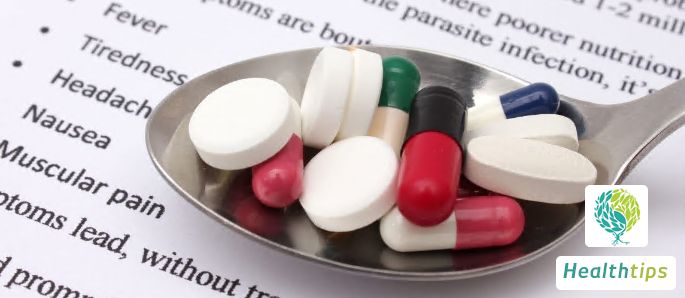What Does a High Level of C-Reactive Protein Indicate?

Elevated C-reactive protein (CRP) is often associated with bacterial infections, viral infections, or intense physical exercise. For CRP elevation after intense exercise, no treatment is necessary. However, if it is caused by bacterial or viral infections, it is necessary to undergo relevant examinations at the hospital to determine the specific cause before taking appropriate measures.
CRP is an acute-phase reactant protein. An increase in this indicator suggests that the body is in a state of stress response. If CRP exceeds 50, it usually indicates bacterial infection. If CRP does not exceed 20, it usually indicates viral infection. Some people may experience elevated CRP after intense activity.
If there is an increase in CRP, it is necessary to consider the patient's clinical symptoms, such as fever, cough, expectoration, abdominal pain, diarrhea, or abnormal masses on the body surface, and further investigations should be conducted to rule out infections, tumors, rheumatic immune system diseases, etc. For patients with chest pain, it is also necessary to consider whether they have angina pectoris or myocardial infarction. Therefore, further examinations are needed to determine if there are any other causes.



















